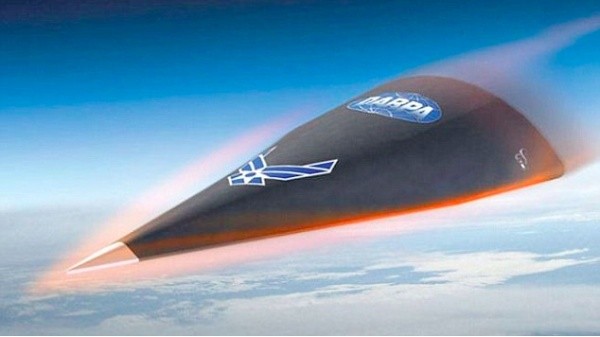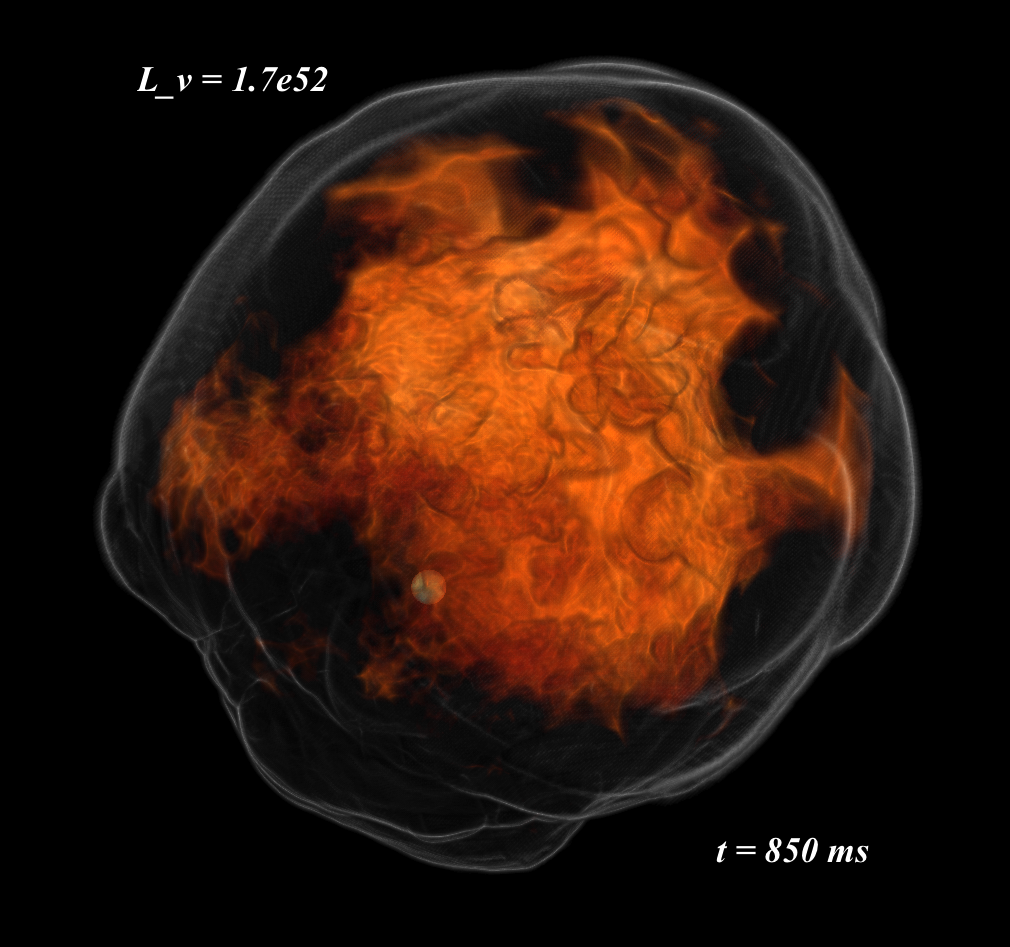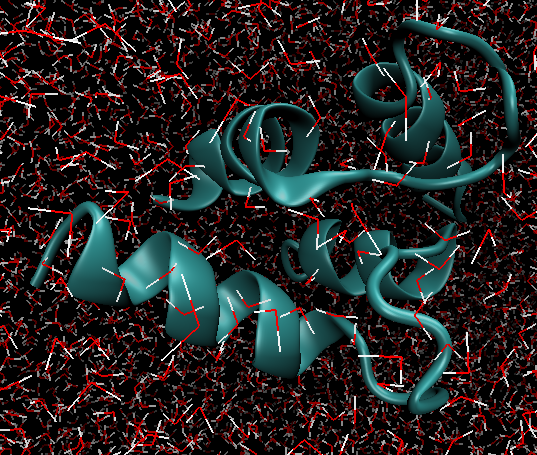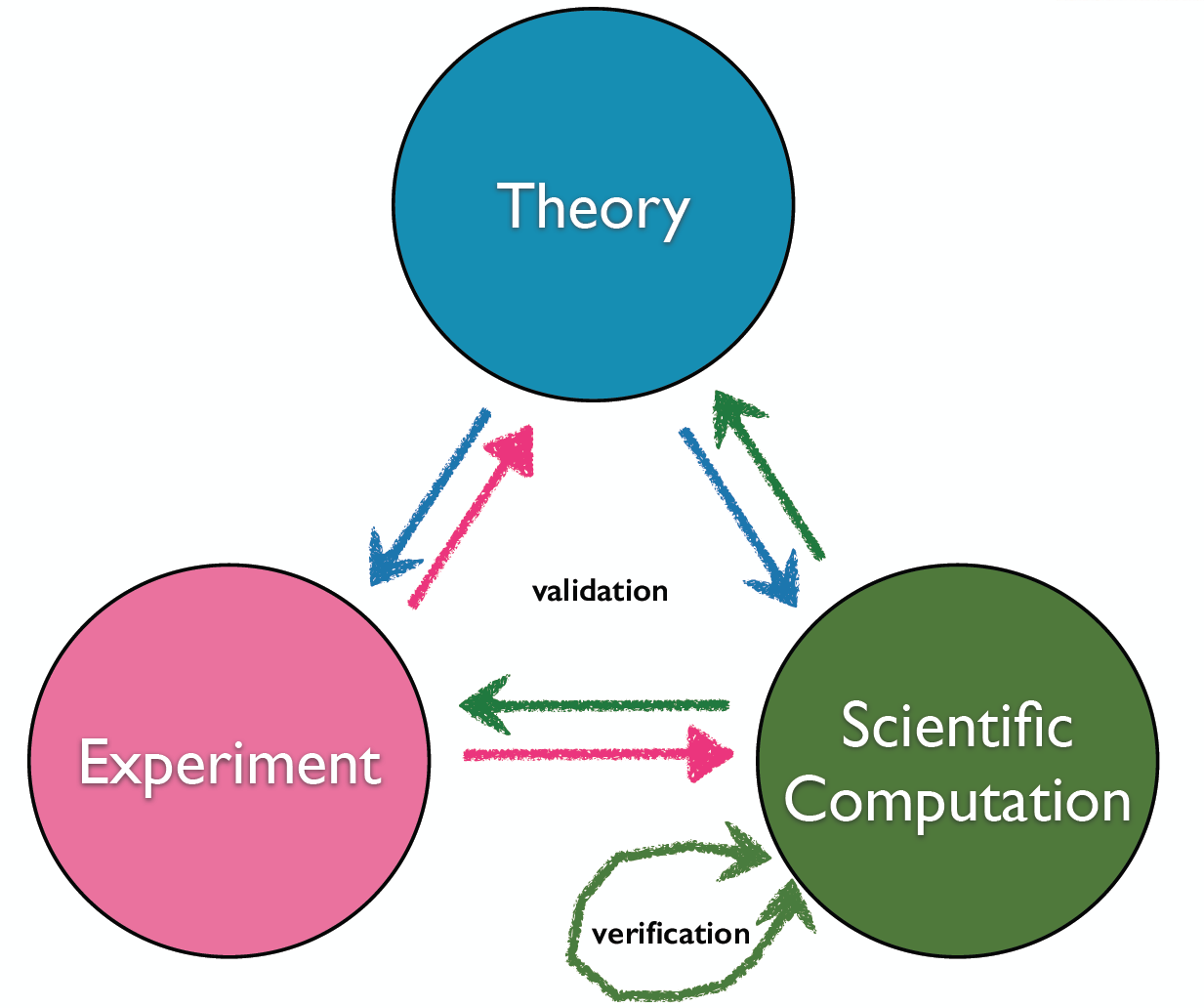Motivations and Needs for Scientific Computing¶
Let’s begin our first class with a couple of interesting scenarios.
Scenario 1¶
You are a chief scientist in a big aerospace research lab. You’re given a mission to develop a new aerospace plane that can reach hypersonic speeds (> Mach 5) within minutes after taking off. Its powerful supersonic combustion ramjets continue to propel the aircraft even faster to reach to a velocity near 26,000 ft/s (or 7.92 km/s, or Mach 25.4 in air at high altitudes, or a speed of NY to LA in 10 min), which is nearly a low Earth orbital speed. This concept of a transatmospheric vehicle was the subject of study in several countries during the 1980s and 1990s. When designing such extreme hypersonic vehicles, it is very important to understand the full three-dimensional flow field over the vehicle with great accuracy and reliability. Unfortunately, ground test facilities – wind tunnels – do not exist in all of flight regimes the vehicle will experience. We have no wind tunnels that can simultaneously simulate the higher Mach numbers and high flow field temperatures to be encountered by transatmospheric vehicles.

DARPA’s Falcon HTV-2 unmanned aircraft can max out at a speed of about 16,700 miles per hour – Mach 22, NY to LA in 12 minutes.¶
Scenario 2¶
You are a theoretical astrophysicist trying to understand core collapse supernova explosions. The theory tells us that very massive stars can undergo core collapse when the core fails to sustain against its own gravity due to the unstable behavior of nuclear fusion. We simply cannot find any ground facilities that allow us to conduct any laboratory experiments in such extremely energetic astrophysical conditions. Also, in many astrophysical circumstances, the temporal and spatial scales are simply too large to be probed in laboratory environments. (It’s hard to set up an experiment larger than earth while still on earth…)

FLASH simulations of neutrino-driven core-collapse supernova explosions. Sean Couch (2013), ApJ, 775, 35.¶
Scenario 3¶
Suppose that you want to study how a particular protein behaves in a variety of circumstances. This would be particularly useful for the design of drugs. Laboratory expirements can give you broad information on how proteins interact, but it is extremely challenging to observe detailed dynamics of individual proteins. Additionally, laboratory experiments and protein synthesis may be costly endevours, and you may be limited in how many proteins you can test in detail. If you instead start by examining proteins computationally, you will be able to easily examine many different proteins in many different environments. You’ll additionally be able to probe very minute details of the protein’s interaction with its environment.

1CTA protein dimer in water as modeled by GROMACS. See here for more information.¶
A Common Thread¶
As hinted above, there are various difficulties encountered when designing real experimental setups. When performing research in these fields, scientific computing can be a major tool yielding unique insight. As a final CFD example, consider subsonic compressible flow over an airfoil. We are interested in answering the differences between laminar and turbulent flow. For the computer program (assuming the computer algorithm is already well established, validated and verified!), this is a straightforward matter. We need only run the code for a few different free stream velocities, or with different turbulunce models (or none). In this way one can mimic Mother Nature with simple knobs in the computer program – something you cannot achieve readily (if at all) in the wind tunnel.
Scientific Computation as a Third Scientific Tool¶
We are now ready to define what scientific computing is. It is a scientific tool, similar to experimental tools, used to gain greater physical insight into problems of interest. It often involves a study of ODEs and PDEs numerically through a discrete system that, given the available computer resources, best approximates the real behavior of a system. Modern scientific computing constitutes a new “third approach” in studying and developing the whole discipline of various areas in modern science.

Three healthy cyclic relationship in modern science.¶
The real-world applications of computational fluid dynamics, shown in the examples above, is one of the most active areas in science that fully utilizes scientific computing. Scientists try to apply CFD to real problems that do not have known analytical solutions, in which CFD plays a key role as a scientific vehicle to solve flow problems that cannot be solved in any other way.
Several fields in the physical and social sciences enjoy utility of scientific computing. Electronic structure and molecular dynamics calculations are increasingly important within chemistry and solid-state physics, structural analysis is now routine in mechanical and civil engineering, and biological systems can be incredibly complex with computational models providing helpful insights, just to name a few.
The main goal in this class is to collect our knowledge to better understand what computational tools are available, and how to use them for whatever problems you may face. Welcome to the course!
